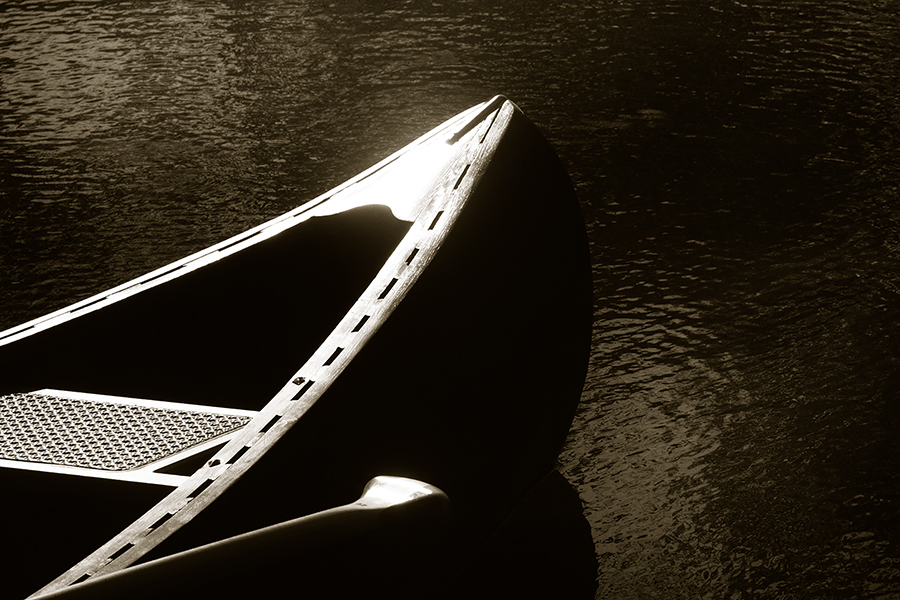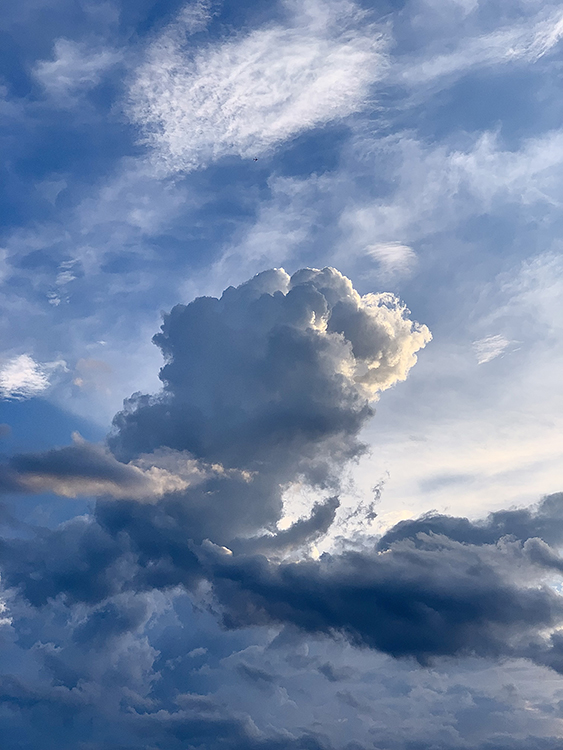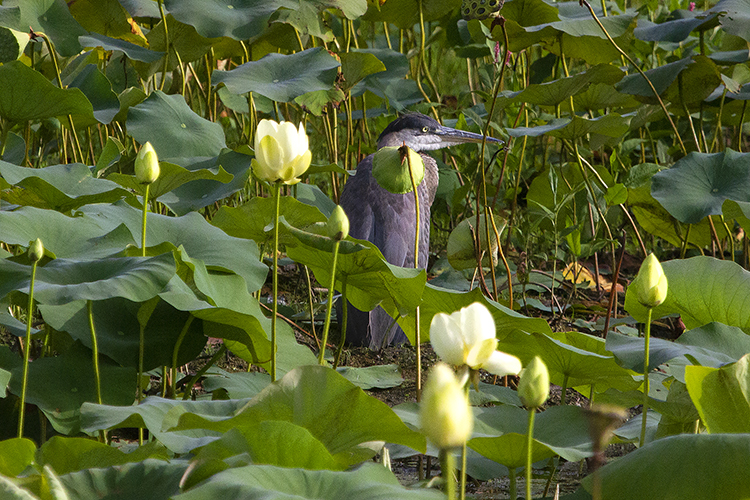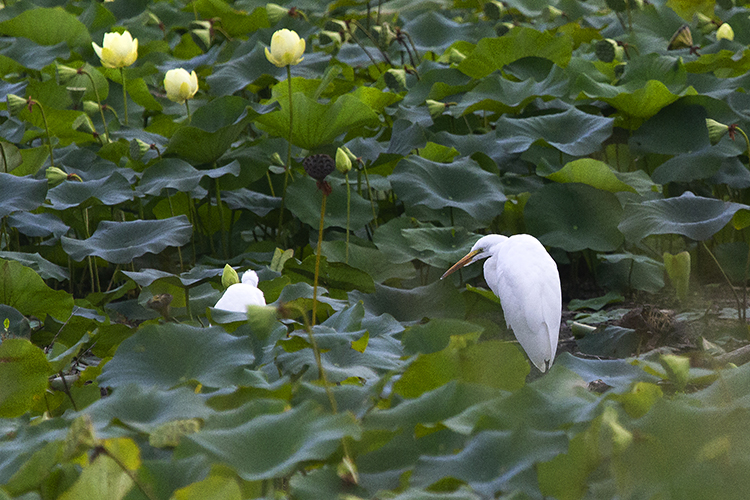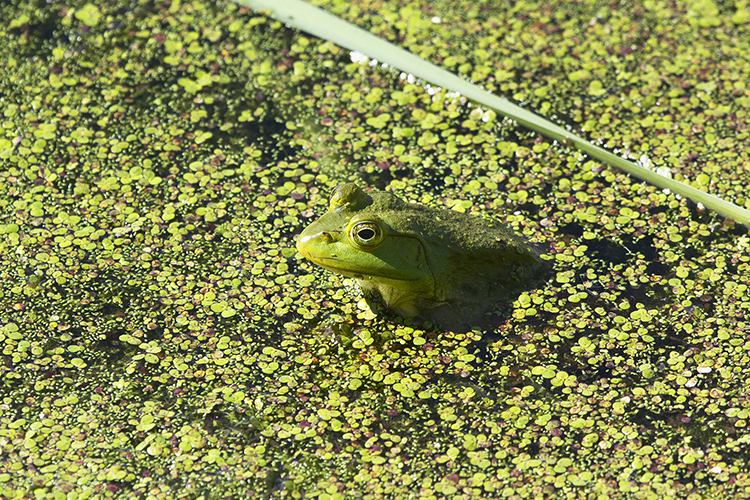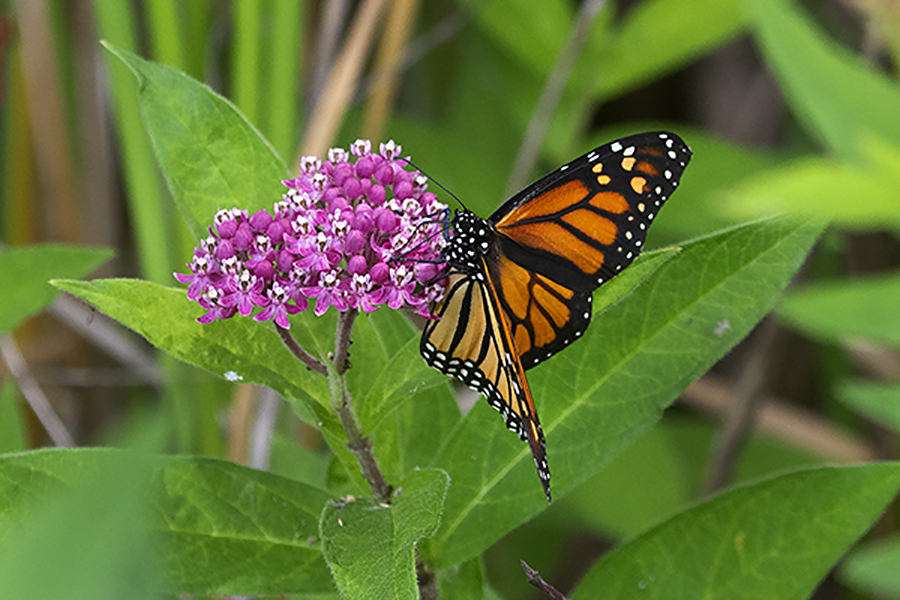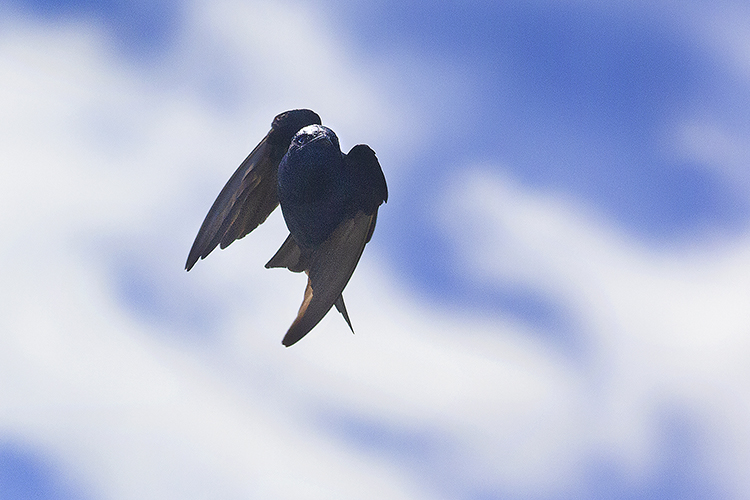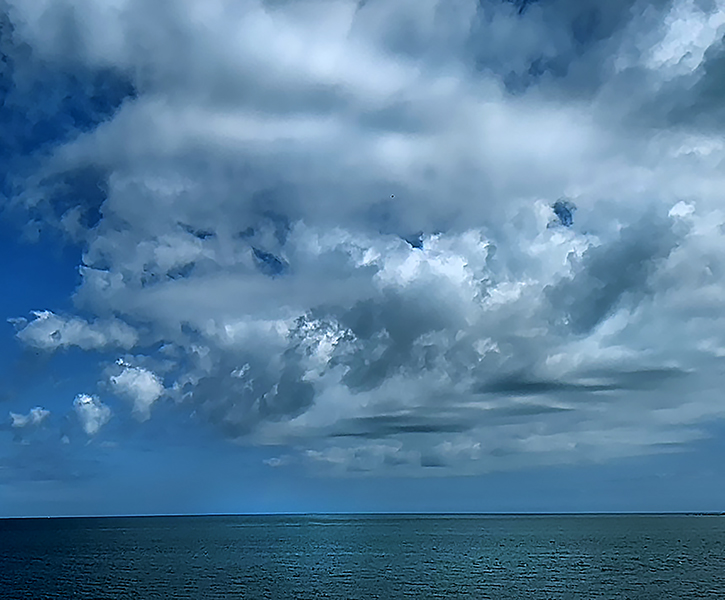The ultimate photographic quarry at Great Meadows, indeed most of the New England wetlands is undoubtedly the Great Blue Heron (Ardea herodias) – always such a beauty. As I’ve discussed during our late summer drought both the herons and the egrets as well as their prey are clustered along what remains of the little streams at the Great Meadows National Wildlife refuge. Figure 1 – is an image of one that I took yesterday that is a compliment to my postings of great egrets and a night heron. Here the heron is set up against the lush greenery of the lotuses.
I feel a certain sadness, for our wild places lately. No matter how wild they are, there is always this sense of pollution and intrusion. And, of course, there is the deep stain of climate change everywhere that you turn. In the wild you always have a sense of the cycles of nature and of biological evolution. Look at these great birds, the great blue herons. With the excfeption perhaps of the wild turkeys, they are the firs to raise te hair on the back of the neck as the words “Welcome, to jurassic Park” run through your head!
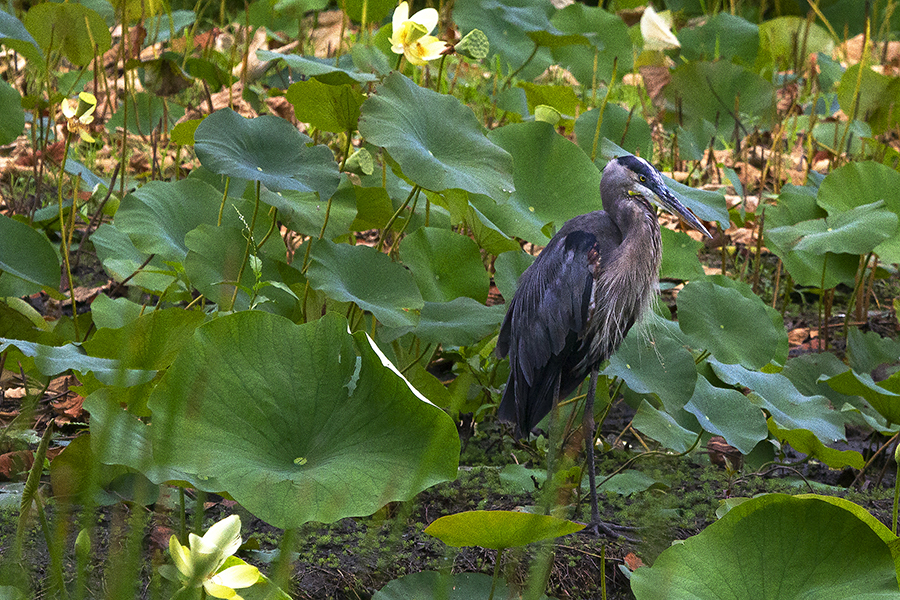
Canon T2i with 100-400 mm f/4.5 to 5.6 L USM IS lens at 220 mm, Aperture Priority AE Mode, ISO 1600, 1/2000 sec at f/8 with no exposure compensation

